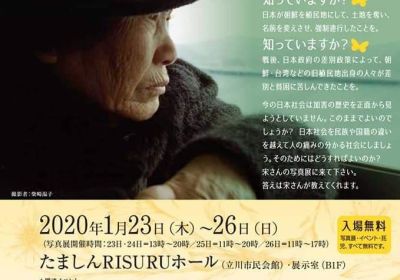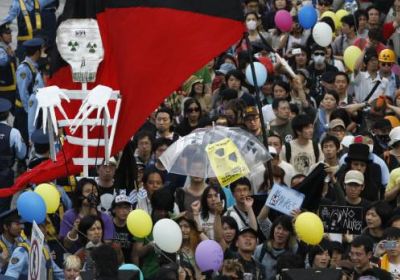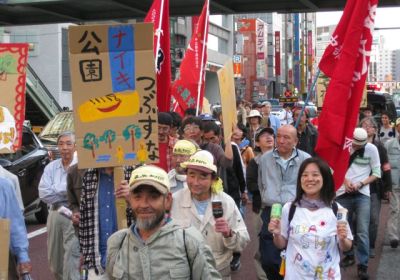
A photo exhibition in Tokyo on January 23–26 celebrated the life and advocacy of Song Sin-do, who campaigned for an apology from the Japanese government for coercing her into sexual slavery during World War II, writes Melanie Barnes.

A photo exhibition in Tokyo on January 23–26 celebrated the life and advocacy of Song Sin-do, who campaigned for an apology from the Japanese government for coercing her into sexual slavery during World War II, writes Melanie Barnes.



